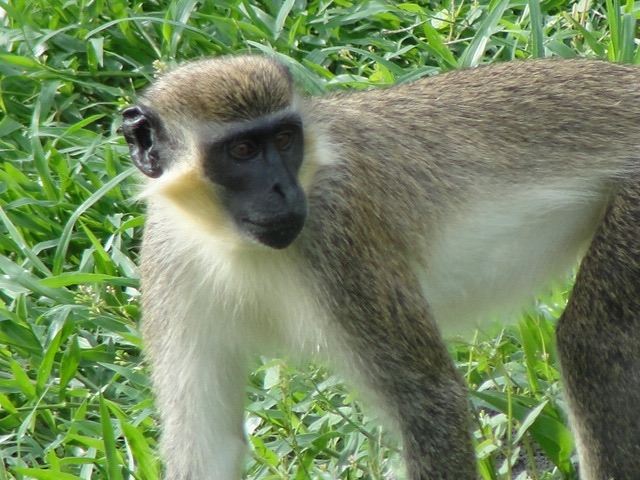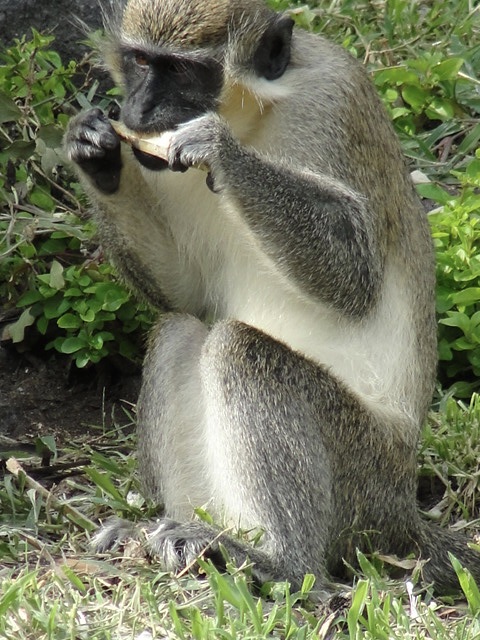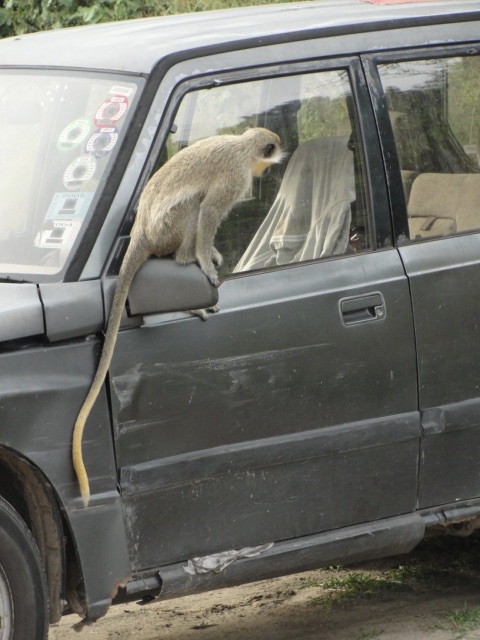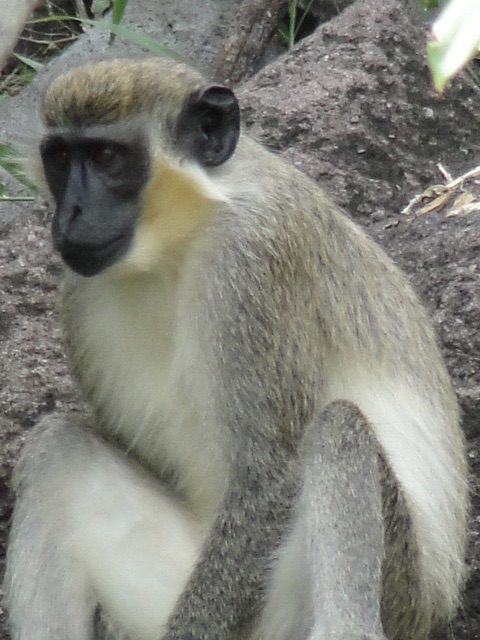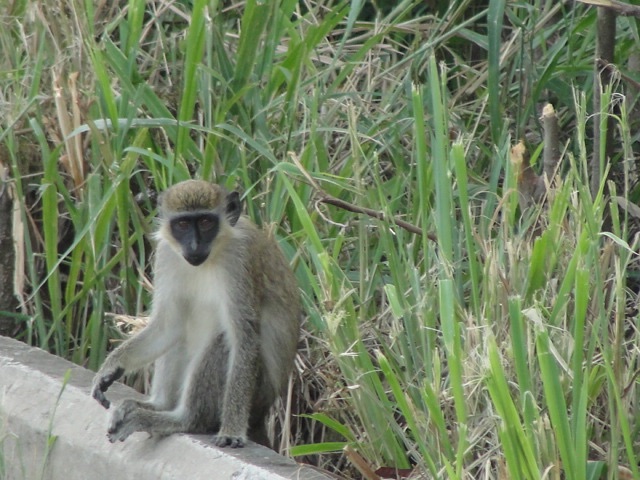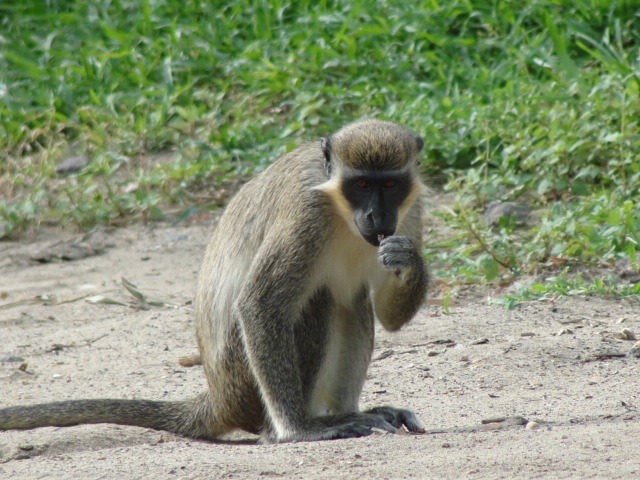The Federation of St. Kitts and Nevis is currently participating in this UNEP IAS initiative aimed at better understanding the impacts of invasive species on island biodiversities and economies. The project aims to support the conservation of biodiversity in the Caribbean region and simultaneously contribute to global efforts to safeguard biodiversity. Data shows that IAS are one of the major causes of biodiversity loss on islands. The initiative will contribute to the reduction of threats to globally significant biodiversity by improving management, prevention, and control of IAS and ultimately avoid extinction as a result of IAS management.
The invasive alien species of focus in St. Kitts and Nevis is the African green monkey (Chlorocebus sabaeus). While the monkeys’ impact on agriculture is fairly well documented, there is a significant gap in our understanding of the monkeys’ impact on biodiversity. Camera traps have therefore been placed on important and/or endemic plants throughout the Federation in order to generate evidence that the monkeys are consuming these plants as long suspected by biodiversity experts.
Distribution Map (CABI ISC):
The map will be updated once it becomes available.
In order to understand the green monkey’s impact on biodiversity, a study was conducted. This year-long study was led by Dr. Kerry M. Dore and her team in the Federation of St. Kitts and Nevis to capture the green monkey’s interaction with real quail eggs.
A video of a green monkey approaching quail eggs is shown below!
Source:
A Nest Predation Study by Dr. Kerry M. Dore and her team
